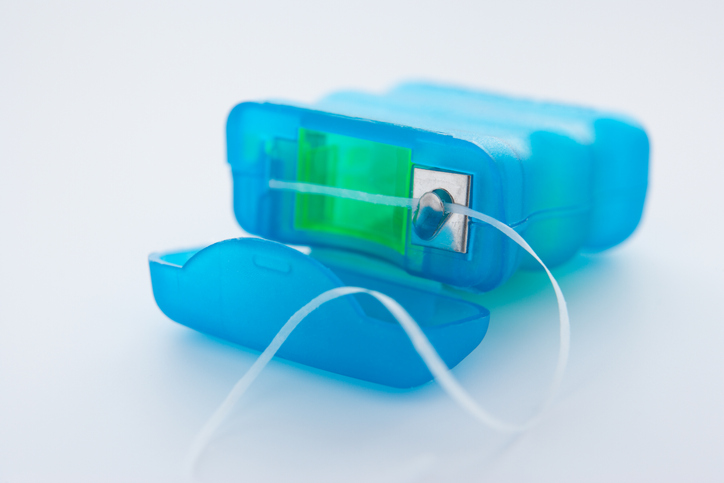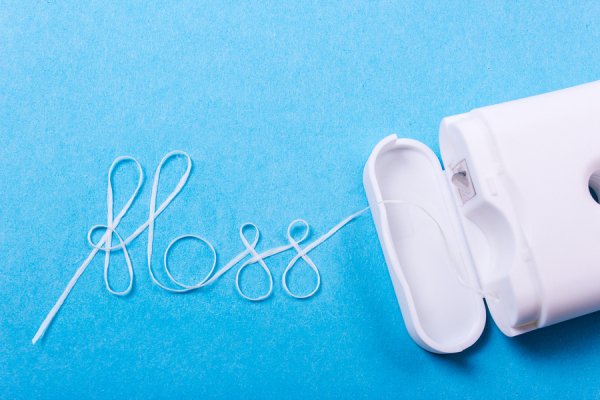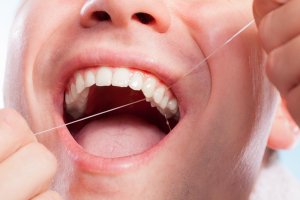
When you see your dentist for preventive care, there is a good chance that he or she will spend part of your appointment talking to you about your flossing habits. Dentists recommend that people floss at least once per day in order to remove food and bacteria from the areas in between teeth that are hard to reach by brushing alone. If you don’t floss, this material can turn into plaque and then tartar, increasing your chances of tooth decay and gum disease. Flossing is an ingrained part of modern oral health care, but when did people first start to floss? Here’s a brief look at this progression of floss from new invention to standard practice.
Pre-Floss Flossing
For as long as people have been eating, they’ve been getting food stuck in their teeth. As such, the need for floss is timeless. Anthropologists who study ancient civilizations believe that flossing was a part of most societies—if not specifically for oral health purposes, then at least for practical purposes of removing food from between the teeth. Pointed sticks and strings of animal hair or fabric are thought to have been used as prehistoric dental floss implements.
Levi Spear Parmly
A New Orleans-based dentist, Levi Spear Parmly, gets the credit for introducing the modern idea of flossing. Around 1815, he suggested that patients use silk thread to clean between their teeth, and shops in the area started selling thread to fulfill this roll. In 1898, Johnson & Johnson took this idea national when they introduced dental floss made of silk thread that was commonly used in stitches to the national market.
Flossing Today
Over the years, floss has transitioned from silk to nylon and now can be found in a variety of different materials, including Gore-Tex. You can also find many different styles of floss, including soft floss, waxed and unwaxed floss, and specialty floss for use with braces.
Make sure your oral health is as good as it can be with a general dentistry appointment at University Associates in Dentistry. From cleanings to periodontics, we do it all. To schedule a dental consultation in Chicago, call (312) 704-5511.





